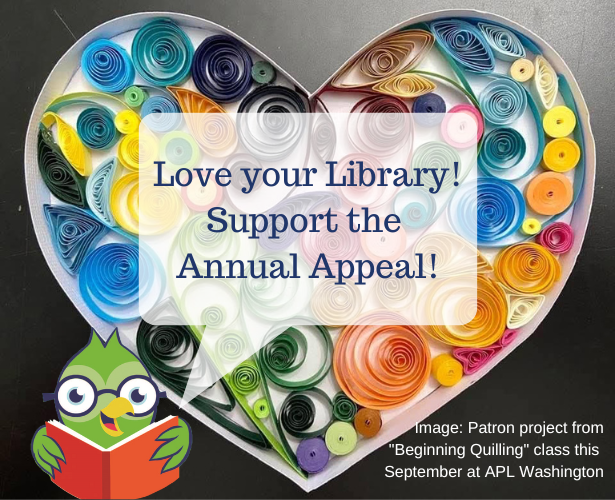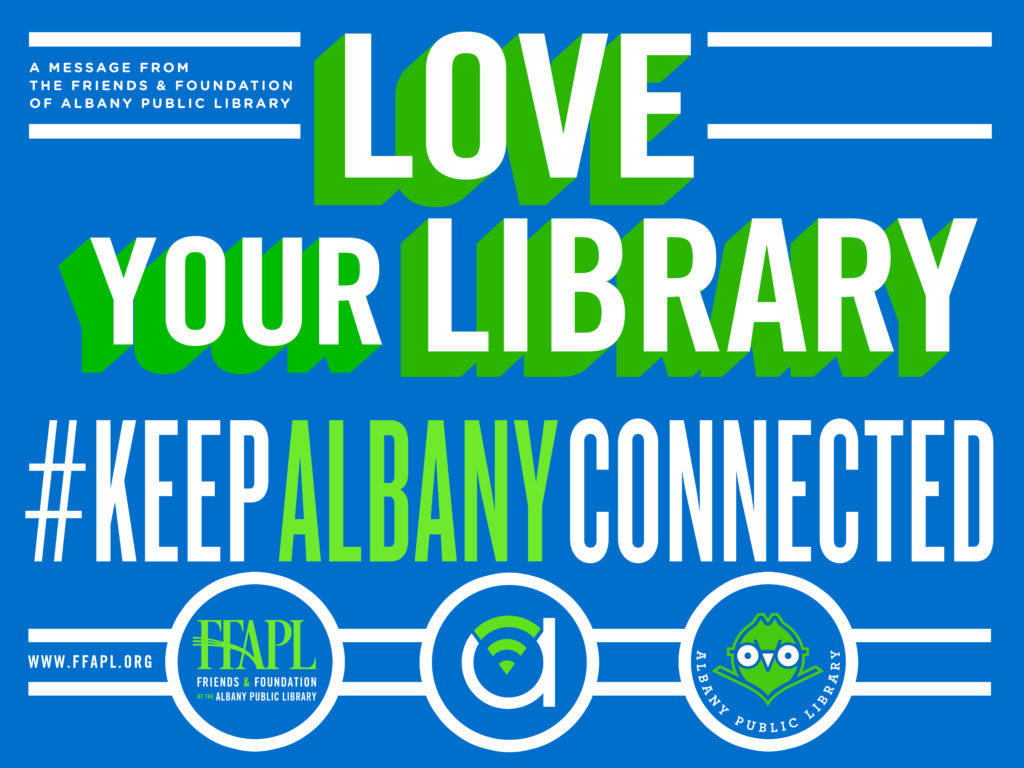A recent report by The Markup revealed that digital redlining is a current and widespread trend among major internet service providers across the United States. This digital practice perpetuates, within the internet industry, the racist and discriminatory practices reminiscent of redlining in the housing industry. Digital redlining involves offering slow internet service disproportionately to communities of color and neighborhoods with lower incomes, compared with other neighborhoods, while charging the same price as the faster internet service.
The Data: The Markup reviewed 800,000+ internet service offers in 38 cities across the U.S. from: AT&T, Verizon, Earthlink, and CenturyLink
The Findings: When comparing internet offers in different neighborhoods, The Markup found that all four companies were disadvantaging certain neighborhoods by charging the same price for very different internet speeds.
- These companies offered internet speeds at or above 200 Mbps in some neighborhoods for the same price as connections below 25 Mbps in other neighborhoods
- The report analyzed digitized historical maps. In 22 cities in which such maps were accessible, the worst offers were given to formerly redlined neighborhoods.
- The neighborhoods offered the worst deals were characterized by lower median incomes as well as being “least-White” neighborhoods.
The Implications: The article details the far-reaching effects of digital redlining. Not only does the practice deny certain neighborhoods a better deal on internet service, but it also affects residents’ ability to participate in:
- Remote learning, remote jobs, and telehealth
- Recreational opportunities and connections available online; and finally,
- Democratic society as a whole.
In an opinion piece for MSNBC about The Markup study, Tiffany C. Li, technology lawyer and legal scholar, states:
“The pandemic has shown us how absolutely critical internet access is, especially for already vulnerable communities”. She also points out that “digital discrimination is a civil rights violation and should be treated as such.”



